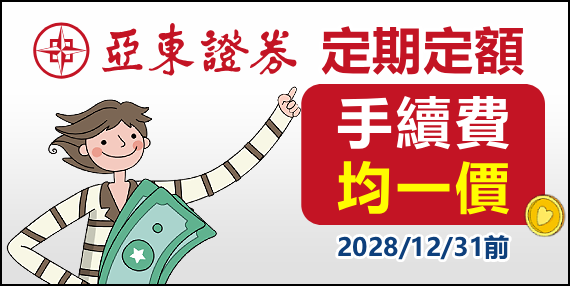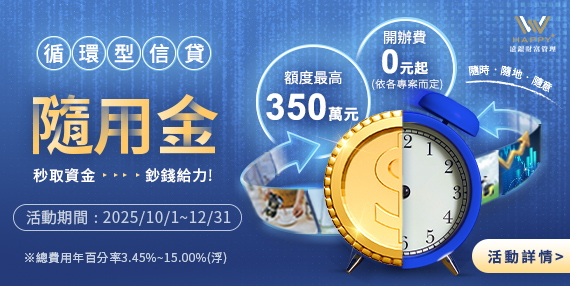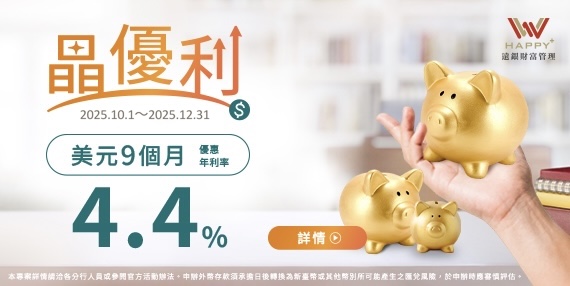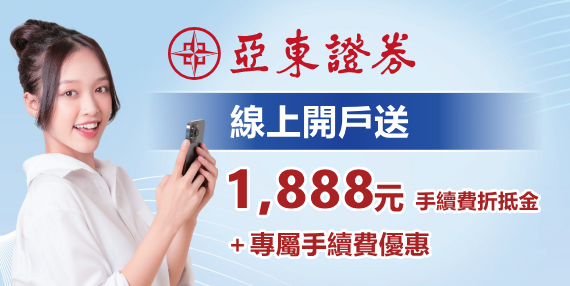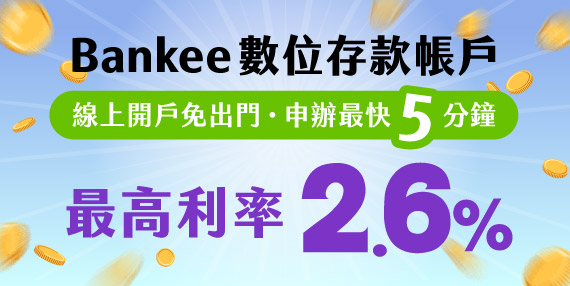07.2020 Office Talk
Understanding of "inbound marketing" and "segment marketing" in the era of post-flow era
Group comprehensive effect & retail planning headquarters / digital marketing & Public Relations Group

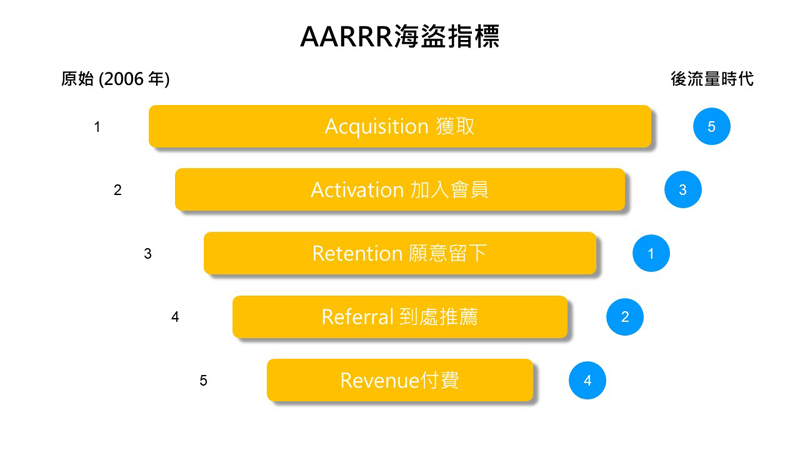
Since the advent of smart phones, the marketing history has been greatly rewritten in the past 20 years, which has not only forced many traditional media to a desperate situation, but also witnessed the ups and downs of digital marketing techniques along with the evolution of the platform, forcing marketers to catch the attention of consumers urgently. This article will analyze how to break through in the post-flow era for the "inbound marketing" that is related to the content itself and the "segment marketing" that tends to be customized advertising.
Besides the epidemic situation, the hot topic among the marketers in recent months is "does Line2.0 continue to operate?"? In the past, many enterprises used Line to communicate with customers. They could send messages after paying a fixed monthly rent. However, since April this year, Line and the official account were officially integrated into Line 2.0 (official account 2.0), and the expenses were charged according to the amount of messages sent. If they continue to operate in the original way, the marketing expenses will increase sharply. The change of the Line community is the same as the change of Facebook algorithm, which makes marketers anxious and uneasy. The network community traffic is becoming more and more difficult to manage, and the number of followers is decreasing dramatically. Marketers call this “post-flow era". In the face of the coming of "post-flow era", the emergence of "inbound marketing" and "segment marketing" has become an opportunity to break through.
Inbound marketing
This is an online marketing method that uses "premium content" to attract customers. Through knowledge-based "content sharing", it helps potential customers to solve their questions and ultimately achieve sales goals. Being different from the traditional "sales promotion", "inbound marketing" does not rely on "shouting" to attract customers' attention. Instead, it first finds out the questions of potential customers, and then posts the answers on the Internet to attract customers.
For example, if you are a person with a long-term sleep disorder, which of the following two online advertisements would make you want to know more about it?
1. Japanese superhot sesamin EX can help sleep effectively. Now buy three and get one free!.
2. According to the statistics of Taiwan Society of Sleep Medicine, one in five people has sleep disorder. If you want to improve your sleep without taking medicine, there are three ways to make you sleep soundly.
In the past, we used AARRR model (proposed by Silicon Valley entrepreneur Dave McClure in 2006) to test the achievement rate of each stage when we acquired new customers in digital marketing. The number on the left is the original order proposed in 2006, but in the post-flow era, it will be the first priority for passers-by to be willing to stay, and the order may be adjusted to the number on the right. Providing the content they need and letting them unconsciously trust and rely on us is the simplest and effective way to keep customers.
Segment marketing
Segment marketing is to target a certain consumer group, launch accurate marketing strategy. It abandons the previous concept of using the same advertising to all customers. Instead, according to the characteristics of customers, such as gender, age, preference, etc., it is subdivided into different groups for communication and promotion. In the case of limited budget resources, accurate target will be more efficient than large-scale spread, which can be regarded as a turn in the post-flow era.
The dilemma that community marketers often face is that fans or users that were not attracted easily will unfollow or block them if they send a message. It's like using fishing net with a hole, when ten fish are caught, eight of them escape from the hole. At this time, you might as well learn to replace thinking. If you follow the Line account of a certain brand, but you will see the same content in the future in communication tools used for work or contact with friends, will you feel too disturbed? The most suitable solution is to divide users into groups and give them the content they are interested in.
The official backstage of Line provides simple tagging function, which can plan labels from the most basic user characteristics (gender / age / region), behavior (click content / viewed brand), RFM (purchase frequency, amount, latest repurchase date), life style (Art Youth / petty bourgeoisie / Elite), etc. After the user is labeled, it can be used as the filtering condition of mass sending messages. Sending specific messages to specific interested groups can not only improve the conversion rate, but also greatly reduce the blocking rate.
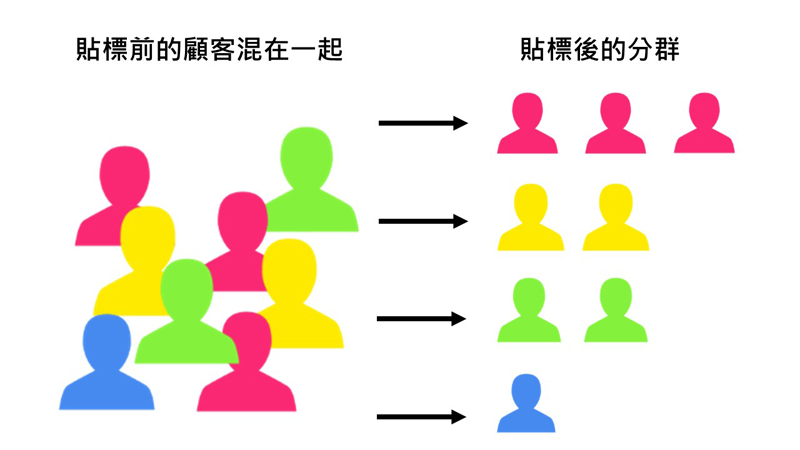
From the successful cases of the above two marketing models in the market, it can be seen that although the workload of the marketing personnel will increase greatly, the flow dividend of each platform will disappear. In the era of technological evolution and massive information, enterprises should return to the essence of customer value, focus on the needs of consumers, and maintain long-term interaction with users appropriately is the key to success is to replace the broken fishing net and catch big fish.



